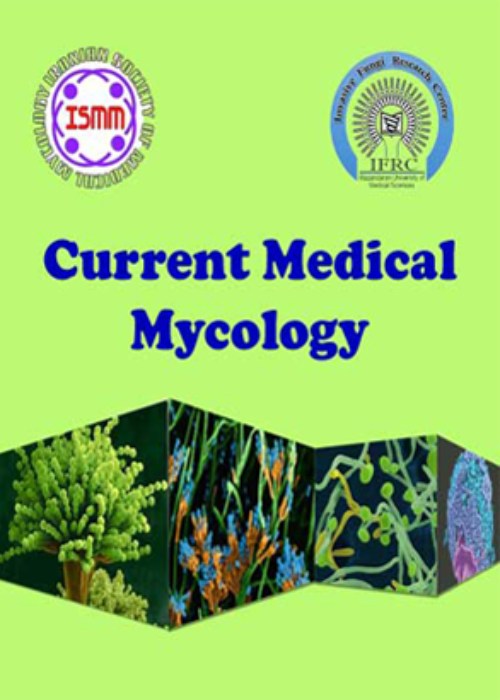High frequency of Candida krusei colonization in critically ill pediatrics: A cross-sectional study in children’s medical center, Tehran, Iran
This study aimed to evaluate the species distribution and susceptibility pattern of the strains isolated from Candida colonization in pediatric patients staying at pediatric intensive care unit (ICU) and infant ICU of Children’s Medical Center in Tehran, Iran.
This study was conducted in the Children’s Medical Center in Tehran, Iran. In total, 440 samples from 56 patients with oral cavity, skin surrounded catheters, and ear, throat, nasal, and urine cultures were collected. All patients were evaluated in terms of Candida colonization on the admission day as well as the days 7, 14, and 28 according to the previous studies. CHROMagar Candida medium was applied for primary/multiple species identification and the isolates were identified by using polymerase chain reaction-based methods to the species-specific complex level. The antifungal susceptibility test was performed according to the Clinical and Laboratory Standards protocol published as M27-A3 and M60 documents.
In total, 136 yeast samples from 26 individuals (30.9%) out of 440 samples were considered colonization. The most prevalent species in IICU was C. albicans (27%,n=20) followed by C. krusei (24 %, n=18) and C. parapsilosis (16%, n=12). In PICU, the predominant species was C. krusei (40%, n=24) followed by C. parapsilosis (18%, n=11) and C. dubliniensis (16%, n=10). Among the 40 tested isolates from both units, fluconazole-resistant isolates (n=11, 8.15%) were determined according to the new breakpoints. In the case of echinocandins, 2 isolates, including C. albicans (n=1) and C. krusei (n=1) were resistant against both caspofungin and anidulafungin (totally 1.48%).
In the present study, since C. krusei is intrinsically-resistance against fluconazole, emphasizing the importance of species-level identification of Candida isolates is outstanding. However, according to the antifungal susceptibility testingresults, only 7.2% of the strains were resistant to fluconazole. It would be beneficial tomonitor the ICU patients who are at high risk of invasive Candida infection.
- حق عضویت دریافتی صرف حمایت از نشریات عضو و نگهداری، تکمیل و توسعه مگیران میشود.
- پرداخت حق اشتراک و دانلود مقالات اجازه بازنشر آن در سایر رسانههای چاپی و دیجیتال را به کاربر نمیدهد.




